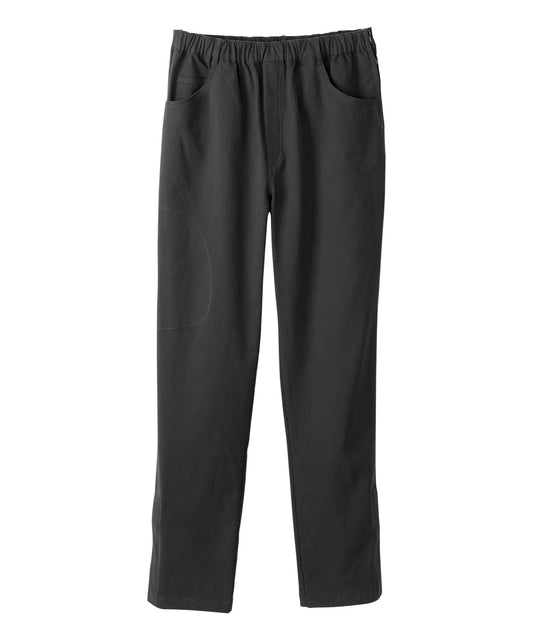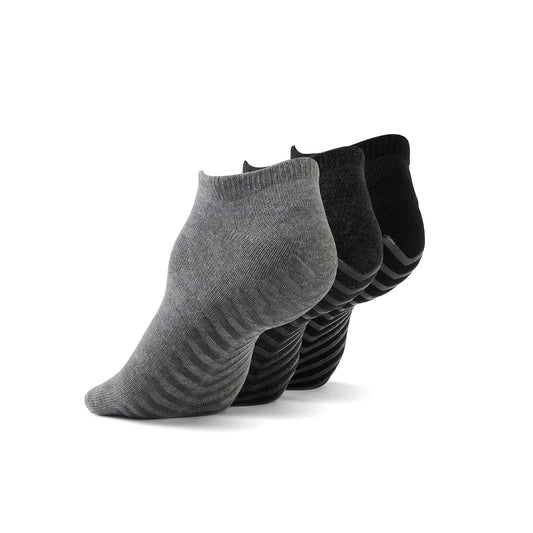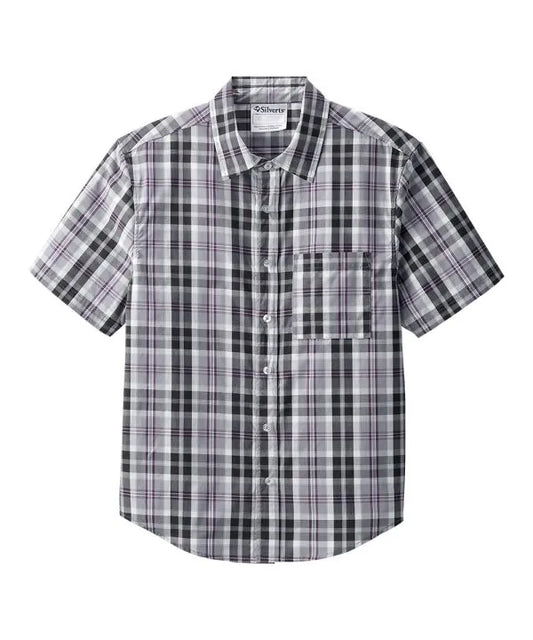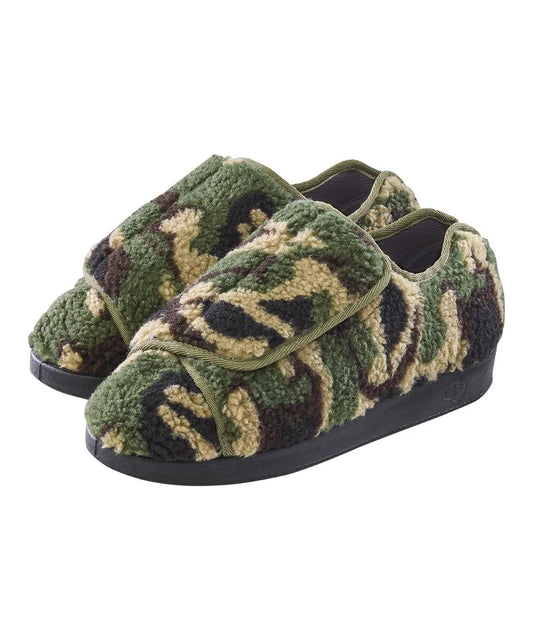Author: Harshil Shah
Edited by: Stanley Cao
Hip or knee replacement surgery can change your life for the better—but recovery requires some serious planning. While most people focus on rehab exercises and follow-up appointments, there’s one often-overlooked area that can make or break your day-to-day comfort: your closet.
The clothes you reach for after surgery aren’t just about style. They affect your independence, safety, and ease of movement. If you’ve ever tried putting on socks or jeans while balancing on one leg or avoiding a deep bend, you already know: post-surgery dressing is no joke.
So how do you prep your wardrobe without feeling overwhelmed? We’re breaking it down step-by-step—from what to toss to what to stock up on. Consider this your practical guide to curating a closet that supports recovery and helps you feel like you again.
Reducing Closet Clutter: What to Keep and What to Toss
Let’s be real: not everything in your current closet is going to work after surgery. And that’s okay.
Before your operation—or even while recovering—spend some time reviewing your wardrobe. Ask a friend or caregiver to help if needed.
Here’s what you can confidently move to storage (or donate for now):
-
Tight jeans or stiff slacks that require bending, shimmying, or buttoning.
-
Shoes with laces, heels, or slippery soles.
-
Tops that go over your head if you're using a walker or have limited arm mobility.
-
Socks that take two hands and a wrestling match to pull on.
Keep what’s:
-
Loose-fitting, stretchy, and soft.
-
Easy to slip on and off (especially from a seated position).
-
Simple to launder—you won’t be handwashing anything for a while.
If you’re unsure where to start, try asking this: Would this take me more than a minute to put on without help? If the answer’s yes, set it aside.
One customer shared, “I boxed up anything that made me say ‘ugh’ just thinking about putting it on. Best decision I made.”
And don’t forget seasonal clothing. If your surgery is in winter, make sure cold-weather essentials are recovery-friendly too—loose thermals, zip-up sweaters, and non-slip indoor slippers instead of tight boots.
Essential Post-Surgery Pieces to Add to Your Wardrobe
Once you clear out the items that don’t serve you during recovery, it’s time to bring in the essentials that do.
What to stock up on:
-
Tops with magnetic closures or wide necks
No more pulling shirts over your head or struggling with tiny buttons. Try our Magnetic Closure Cardigan—it’s cozy, polished, and perfect for everything from follow-ups to front porch visits

-
Non-slip socks and slip-on shoes
Your balance will be different for a while. Choose grippy socks and lightweight, stable shoes. Our Adaptive Slip-On Shoes with Velcro Closures make every step feel safer.

-
Underwear with comfort in mind
This often gets overlooked, but post-surgery swelling or bandages can make tight elastic unbearable. Look for soft, seamless undergarments with stretch and breathability. -
A versatile recovery robe
A good robe isn’t just cozy—it’s functional. Look for one with a front opening and pockets for carrying your phone, tissues, or even your medication list as you move around the house.
-
Adaptive pants with side openings or wide elastic waists
These are game-changers when you’re sore, stiff, or working with limited mobility. Our Recovery Pants with Side Snaps are a fan favorite—they open up completely for easy on/off and feel like soft pajamas with dignity.

Pro tip: You only need a few versatile sets. Two at-home outfits and one for outings will carry you through most of your recovery.
Some people also find it helpful to pre-plan outfits by day, especially in the first couple of weeks. Labeling hangers with the day of the week can reduce decision fatigue and help caregivers dress you according to your recovery schedule or physical therapy sessions.
Organizing Your Closet for Easy Access and Comfort
After surgery, you won’t want to reach high shelves, crouch down, or dig through clutter. Rearranging your closet can make life a whole lot easier.
Set up your “first row” zone:
-
Hang your 3–5 go-to outfits at waist or chest level.
-
Place shoes on a raised rack so they’re accessible from a chair.
-
Use baskets for essentials like socks, undergarments, and accessories you use daily.
Hooks and over-the-door organizers can also help, especially if your mobility is limited. Keep dressing aids—like sock helpers or long-handled reachers—nearby so you’re not hunting for them every morning.
And if you rely on a caregiver, labelling sections or using clear bins makes things easier for both of you. It also gives you more say in what you wear each day, which can be a big morale booster.
Clothing You’ll Need for Physical Therapy Sessions
You’ll likely be heading to physical therapy appointments—or doing sessions at home—multiple times a week. The right outfit can help you move better and feel more confident in front of others.
What works best for PT:
-
Stretchy, breathable clothing
Think yoga pants or adaptive sweats with side snaps. They allow full range of motion without irritating your incision or pressing into swollen areas. -
Layered tops
You might start out chilly and warm up fast. A lightweight cardigan over a breathable T-shirt gives you flexibility. -
Shoes with traction
Slipping during a lunge or stair practice? No thank you. Stick with rubber soles. -
Zippered hoodies over pullover sweatshirts
You’ll need to remove layers easily between exercises. Plus, they’re easier for caregivers to help with if you’re tired or sore after your session.
We also recommend keeping a small therapy bag ready with your PT outfit, water bottle, medication log, and any small therapy tools your specialist recommends. Being prepared reduces stress and makes therapy feel more like a routine, less like a chore.
Adapting Your Wardrobe for Different Stages of Recovery
Your needs in Week 1 won’t be the same as Week 5 or Month 3. Plan for flexibility.
Early recovery:
Focus on maximum ease and comfort. Adaptive PJs, robes, and wide-leg lounge pants rule this stage. Anything you can put on from a seated position is golden.
Mid-recovery:
You may feel up for dressing “real” again. Magnetic tops, zip-front hoodies, and soft pants with elastic or drawstrings keep things easy but more styled.
Later recovery:
Swelling starts to fade, movement improves, and you can experiment with some of your old favorites. But go slow. Your body’s still healing, and comfort is still key.
One customer said, “Wearing something ‘normal’ again felt amazing—but I kept the adaptive pants in rotation because they were just that comfortable.”
Having a few transitional pieces—like pants that look structured but feel like loungewear—can help you bridge the gap between healing and daily life.
For Caregivers: How to Make Dressing Easier
If you’re caring for someone after surgery, you already know how physically demanding it can be. Dressing assistance isn’t just about speed—it’s about preserving dignity and reducing stress on the recovering body.
Adaptive clothing helps by:
-
Reducing the need for bending or arm-raising
-
Shortening dressing time from 15 minutes to just a few
-
Providing more options for self-dressing when the patient is ready
One caregiver told us:
“My dad felt like himself again just being able to put on his own pants for the first time in weeks. It gave him a huge boost.”
If you’re a family member or friend helping out, consider gifting a set of adaptive wear. It’s a practical, heartfelt way to support someone’s healing—and make your daily routine easier, too.
The Bottom Line: Dress for Dignity, Not Just Recovery
Recovery is hard enough. Your clothing should lift you up, not let you down.
Adjusting your closet after hip or knee replacement isn’t about giving up style. It’s about giving yourself what you need—freedom, comfort, and maybe even a little joy. Whether it’s the first day home from the hospital or your first post-op outing, you deserve to feel like yourself again.
As one customer told us:
“I thought I was just buying pants. But what I got was a way to feel human again.”
Rebuild Your Closet with Confidence
At June Adaptive, we’re here to help you feel supported, from hospital to home.
Explore our best-loved adaptive clothing for post-surgery recovery—because every step forward should feel like you.
→ [Shop Recovery Essentials]
Want More Helpful Tips Like This?
Sign up for our newsletter to get caregiver resources, recovery-friendly product picks, and exclusive offers—sent right to your inbox.
🖊️ [Join the June Adaptive Community]















